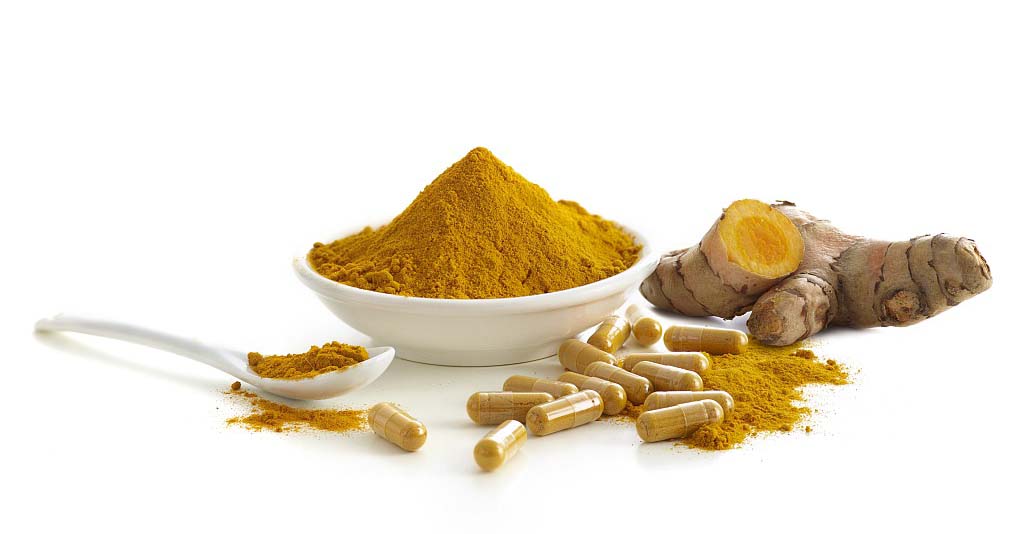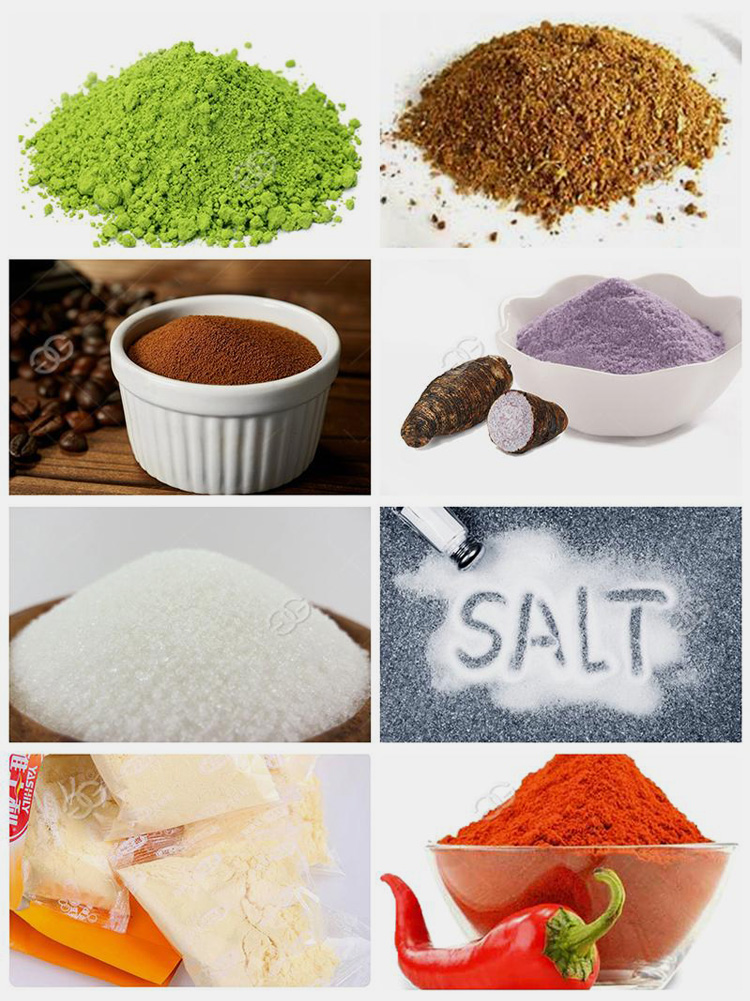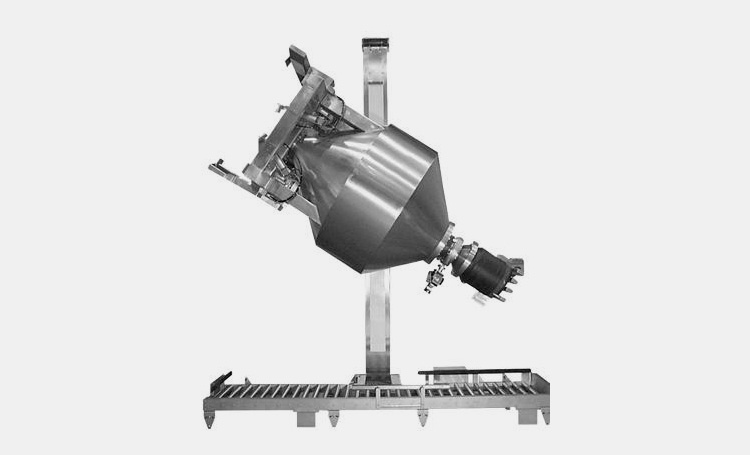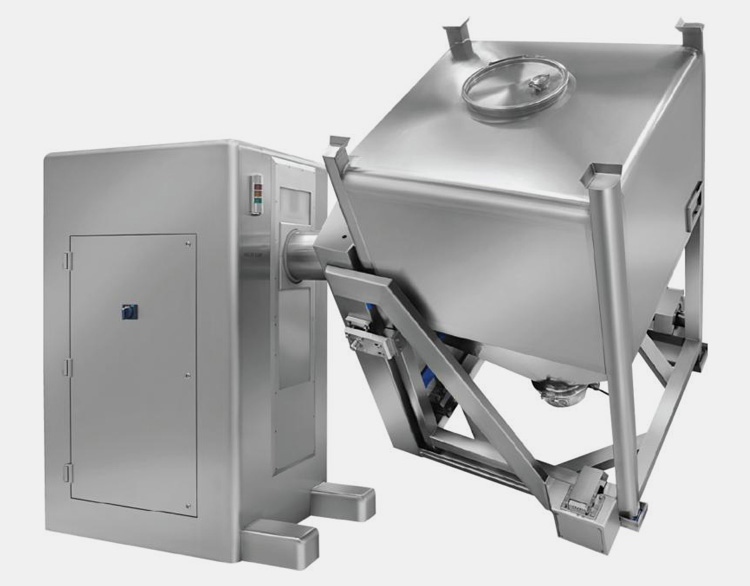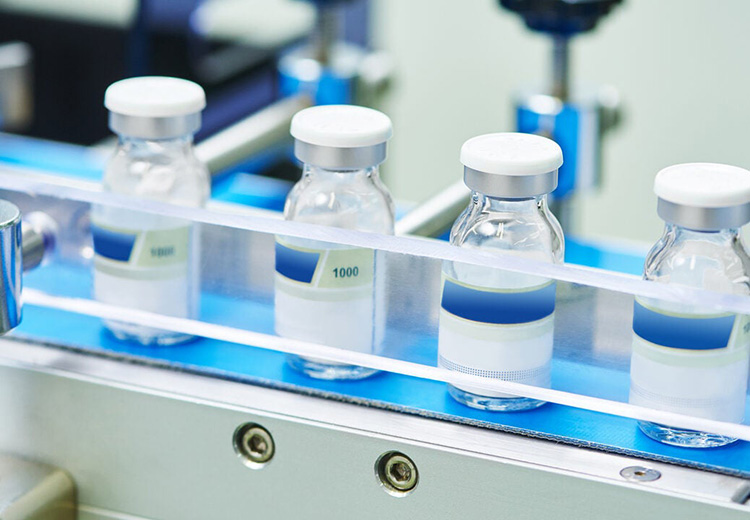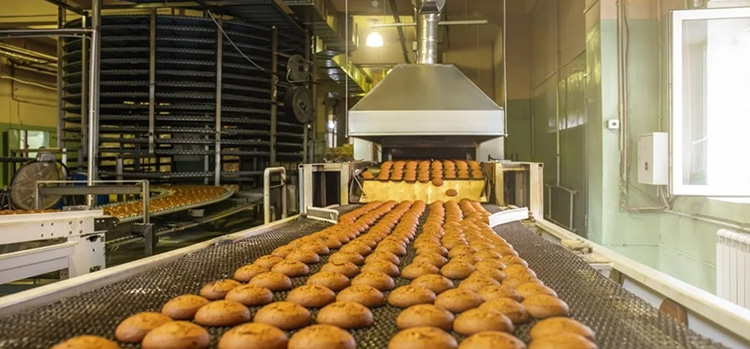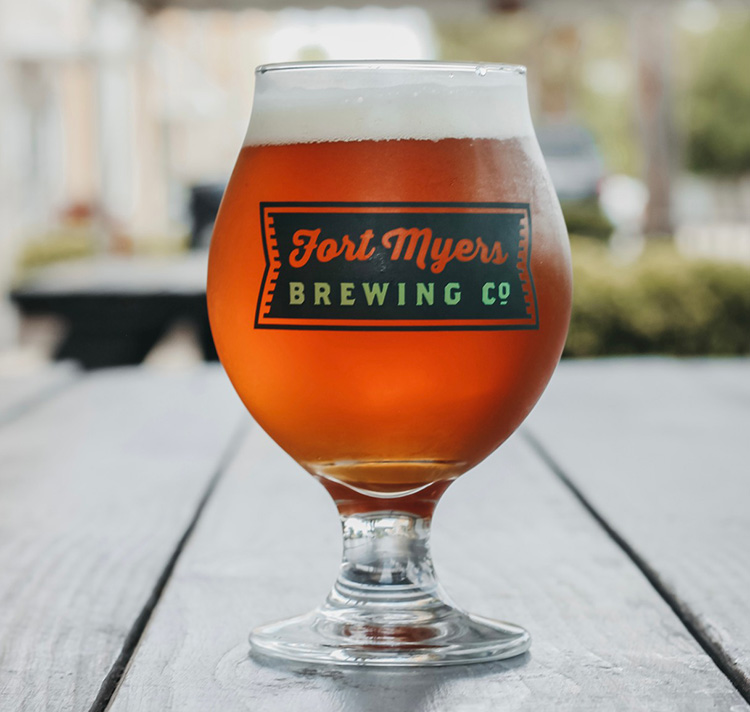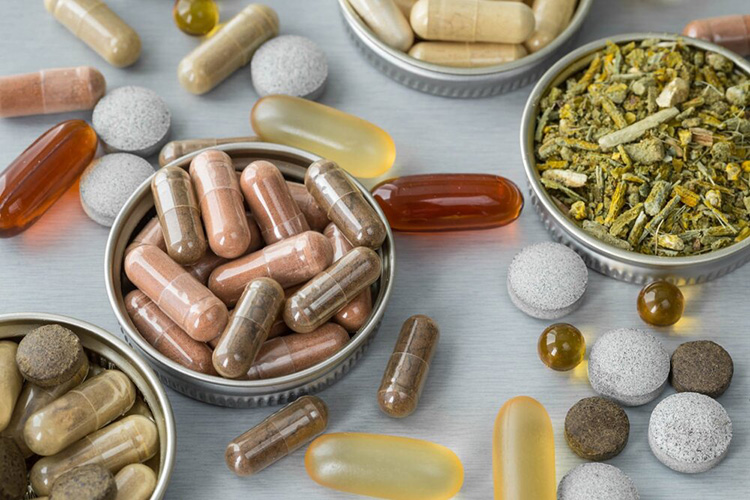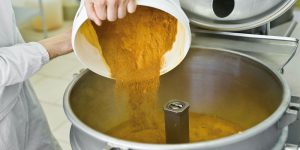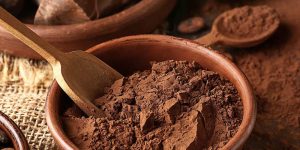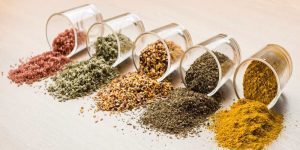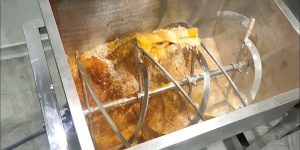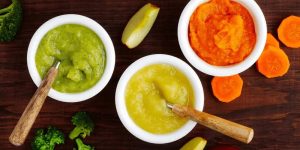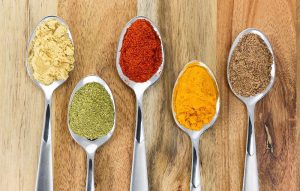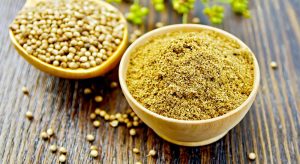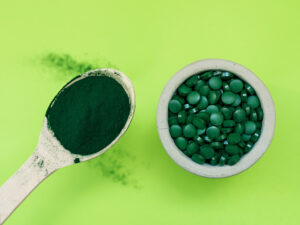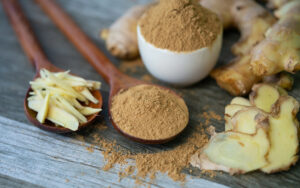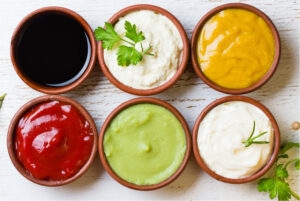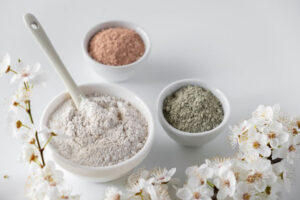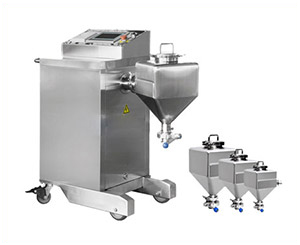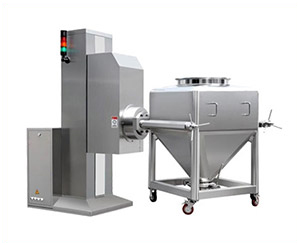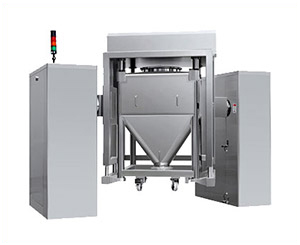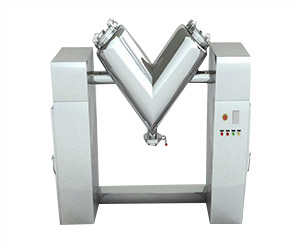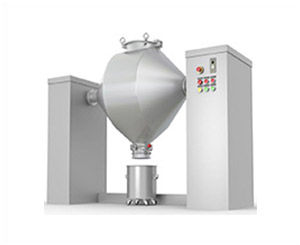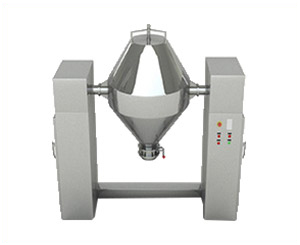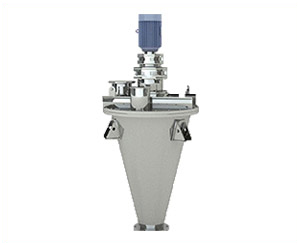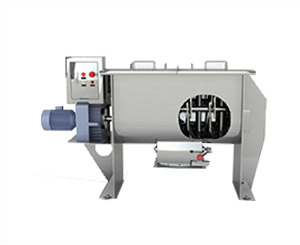6 Questions To Answer Before Requesting A Bin Blender
Having selected to use a bin blender for your powders, how do you know what anticipated questions to answer before buying? It's important to identify the requirement of the production line and set the parameters of what you’re looking for. 6- questions to answer before requesting a bin blender will help you in the right direction when contacting a vendor.
Table of Contents
Ⅰ.What's Your Blending Material?
Perhaps, this is the most important point to highlight, blending almost seems too simple. But you must note then this process is comparatively a gentle procedure. That is why industrial blenders are very effective in handling more sensitive and delicate substances or commodities.
The bin blender machine supplier will need to know the specific details about your blending material like:
| Is your product material required dry solid blend? | For instance, coffee, beans, breadcrumbs, cake, seasonal spices, flour, tea powder, etc. In the chemical industry, detergents, ceramic, fertilizer, and a lot more materials go through this blending procedure. |
| Is your product meant for dressings, sauces, confectionery, and spreads? | Products like these do not require aggressive agitators or blade mixers. They need thorough blending from time to time. |
| Is your blending material meant for pets? | Pet foods are mostly solid and more inclined to crackle as your pet consumes them. Their texture and entire form are polished during the blending process. |
| Is your product material meant for syrups? | These are sweeteners that you pour into your desired formulation or mixed into your respective product e.g., capsule shell, film coating tablets, etc., |
| Are you looking to blend pharmaceutical powders? | Pharmaceutical powders require gentle blending prior to formulations such as creams, ointment, tablets, capsules, etc., |
Ⅱ.What's Your Blending Material Proportion?
Ideally, the capacity calculation for material must be done and should generally define a batch size in kgs as a dimension of interest before the sale.
If you’re specifying blending capacity in weight per batch or weight per hour, then you’re doing a mistake that is mostly made by process engineers while preparing technical data sheets for blenders.
It is simple to estimate the size of the mixer volume; thanks to the bulk density of the material and maximum filling volume of the blender that you have chosen. This is significant to consider for faster throughput of product line in a shorter time and efficient blending speed.
There are basically three types of bulk density:
| Loose Bulk Density | Packed Bulk Density | Fluidized Bulk Density |
| It is measured when the material is in a loose, non-compact, or pour form. | It is measured when bulk material is weighed per unit volume when the material is in compact or pack form. | It is measured when the material is present in a fluidized state. Commonly, the value is lower than packed or loose densities because air is absorbed into the voids. |
It is recommended to specify the required volumetric capacity which is equivalent to the volume of the blender. The recommended volume of blending capacity is generally 30-70% of the total volumetric capacity of the blender. Its percentage may vary from blender to blender.
For Example: a bin blender must produce 275kg of blend material/batch to get a production line of the right capacity. A blender loses its bulk density if 0.6kg/lit & the filling rate of a blender is assessed to be 80%. Batch size = 275 kg Batch size volume= 275/0.6 Required total volume of the blender= 458/0.8= 5731litre
After assessing the calculation, the vendor will select a blender whose total blending capacity would be greater than 573 litres.
Ⅲ.What's Your Production Capacity do you Require? How much per Hour? How many litres per Time?
One of the first things a blending machine manufacturer will need to assess is your production requirement. They will ask you things like:
- What blending speed do you require? RPM?
- Do you have any automatic blending machines at your production facility?
- What automation you’re looking for?
- What machine size do you require? Tabletop, medium, or large?
- What is your material capacity to be processed?
Generally, a bin blender machine has a broad spectrum range of production capacity e.g, small to large batches. The usual loading capacity varies from:
- 200 kilogram/hour to 500 kilogram/hour
- While in the term of volume it varies from 25 liters/time to 5000 liters/time (based on the model to model or brand to brand).
Ⅳ.What Machine Construction Material do you Require? 304 or 316L Stainless Steel?
When considering the sensitivity level of blending material and the needs of the application; a recurring question is to answer- what’s your need?
Do you require the machine’s material made up of 304 or 316L stainless steel?
Indeed, this is the most important factor that your manufacturer would ask before suggesting the type of blender. You must know the distinguished characteristic of 304 or 316L stainless steel.
For example, various pharmaceutical equipment are utilized with 316L grade stainless steel. This is because such sectors are mandated with extra hygiene and cleaning requirements. Moreover, these industries are commonly exposed to harsh chemical environments and cleaners that 304 steel cannot withstand. So, you must consider this parameter if you’re associated from:
Life Sciences
Pharmaceutical Industry
Hospitals, Or Healthcare Departments
Food Services
Brewing Facility
Nutraceuticals
Ⅴ.What's Your Voltage Requirement?
It is essential to address the required voltage setup of the facility to your vendor. A typical voltage supply to industries varies grid range from 208V to 1K VAC; in some cases, it may be higher and may be customized by linear or switch the mode power supply to meet equipment and system requirements. For example: 220V, 240V, 230 to 260V, 280V, 380V, 415V, etc.,
A modern bin-blender can be configured to any voltage you required. Your manufacturer knows the electrical needs and electrical rating; they can build a unit that fits seamlessly into your production line. In this way, your vendor ensures customization that meets the specifications of the bin blender.
Ⅵ.Different Models Of Bin Blenders May Have Different Loading Ratios. What Do You Require?
Various operations need a special volume of equipment for blending diverse ingredients. When you scale up the blending capacity; your vendor can design the layout as per the loading ratio. Bin blenders have the ability to meet small to large loading ratios.
There are various models of bin blender that offers different loading ratio.
| MODEL | TOTAL BIN VOLUME(L) | LOADING VOLUME(L) | TOTAL LOADING WEIGHT(KG) |
| HDT 300 | 300 | 240 | 1800 |
| HDT 400 | 400 | 320 | 1800 |
| HDT 600 | 600 | 480 | 2500 |
| HDT 800 | 800 | 640 | 2500 |
| HDT 1000 | 1000 | 800 | 3000 |
| HDT 1200 | 1200 | 960 | 3200 |
| HDT 1500 | 1500 | 1200 | 3600 |
| HDT 1800 | 1800 | 1440 | 4000 |
| HDT 2000 | 2000 | 1600 | 4200 |
Conclusion
Bin blenders are generally utilized for the homogenous blending of granules and powders. When you decide to purchase the bin blender you need; your vendor will offer the best possible equipment according to your production layout. As a professional Bin Blender manufacturer; we welcome our valuable consumers to be satisfied with our innovative equipment. 6- Questions To Answer Before Requesting A Bin Blender is what your manufacturer looking for before suggestions. If you gave more queries to ask, please feel free to contact us 24/7/365. Happy Shopping!
Don't forget to share this post!
Bin Blender Related Posts
Bin Blender Related Products
Bin Blender Related Videos
CONTACT US
Tell us your raw material and project budget to get quotations within 24 hours.
WhatsApp Us: +86 189 7157 0951
Want the best price & newest pharmaceutical machinery buying guide,tips and trends sent straightly to your box?Sign up for Aipak’s monthly newsletter,we’re free for your consultation and Offer you the most suitable solutions!
The Buyer's Guide
- Capsule Filling Buyer's Guide
- Blister Packaging Buyer's Guide
- Tablet Counting Buyer's Guide
- Tube Filling Buyer's Guide
- Cartoning Buyer's Guide
- Gummy Making Buyer's Guide
- CO2 Extraction Buyer's Guide
- Empty Capsules Buyer's Guide
- Suppository Filling Buyer's Guide
- Tablet Coating Buyer's Guide
- Tablet Press Buyer's Guide
- Softgel Encapsulation Buyer's Guide
Most Popular
- 7 Importance Of Pharmaceutical Packaging In Different Applications You Must Know
- 6 Advantages You Must Know About Tablet Counting Machine
- 8 Advantages of Blister Packaging You Must Know
- 6 Critical Applications of Automatic Capsule Filling Machine
- 6 Stations You must Know to Improve the Filling Quality of Automatic Capsule Filling Machine
